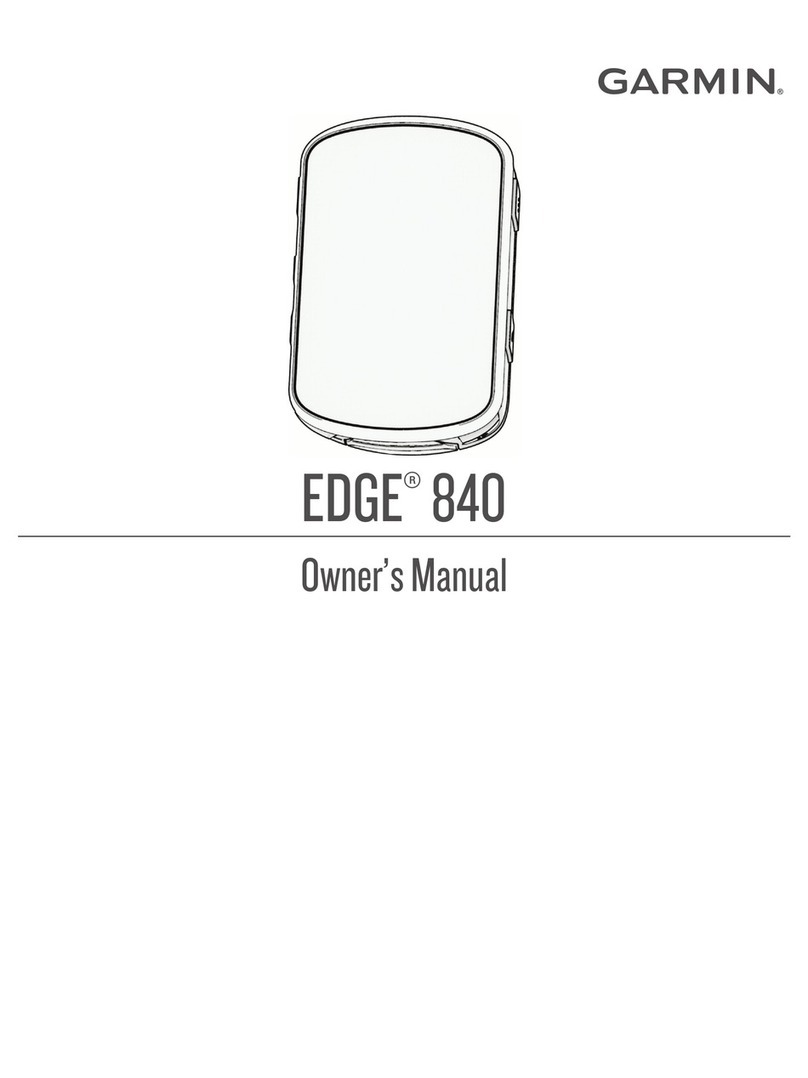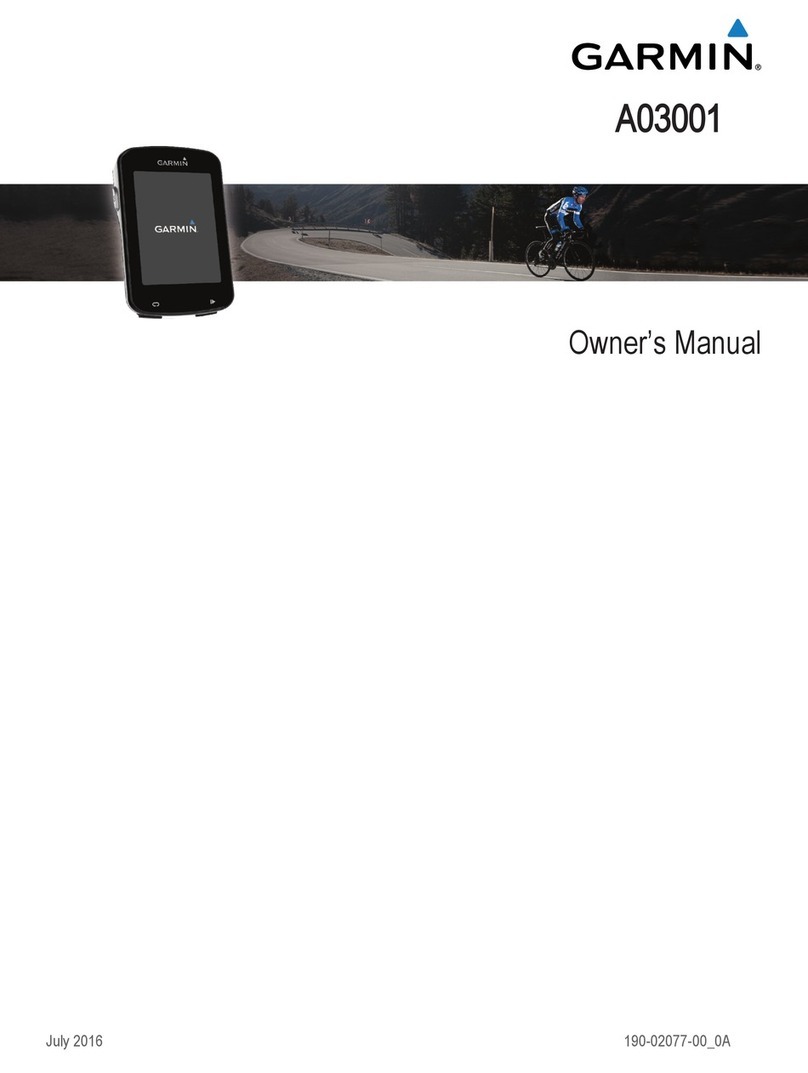Garmin TACX NEO 3M User manual
Other Garmin Bicycle Accessories manuals
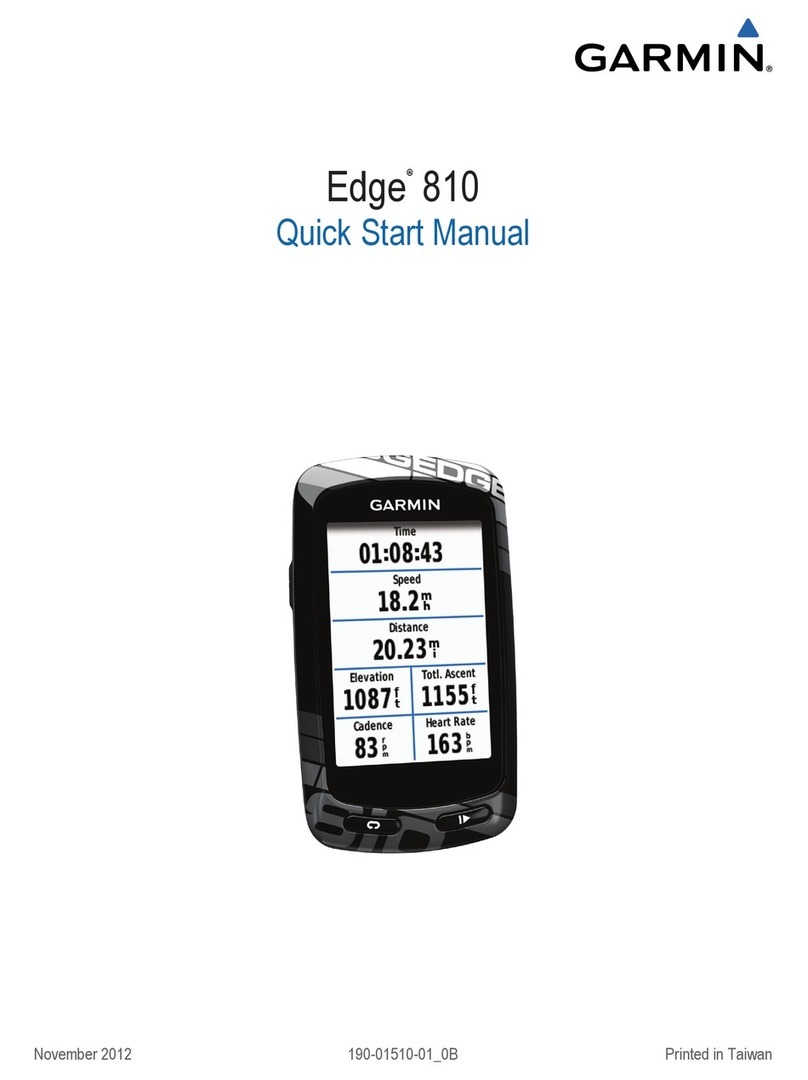
Garmin
Garmin Edge 810 Instruction manual

Garmin
Garmin 605 User manual
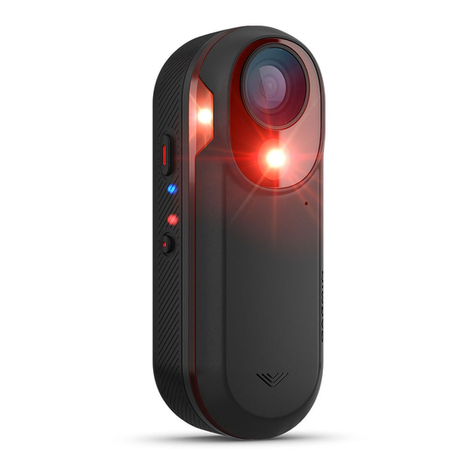
Garmin
Garmin VARIA RCT715 User manual
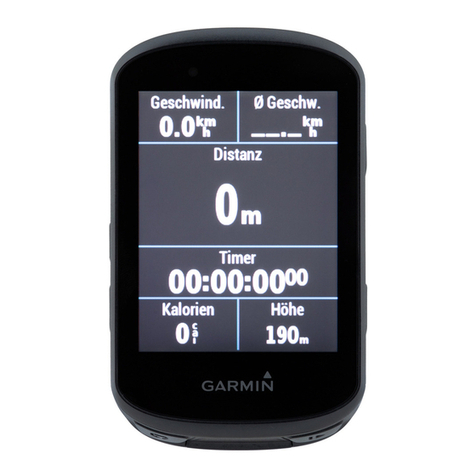
Garmin
Garmin EDGE 530 User manual
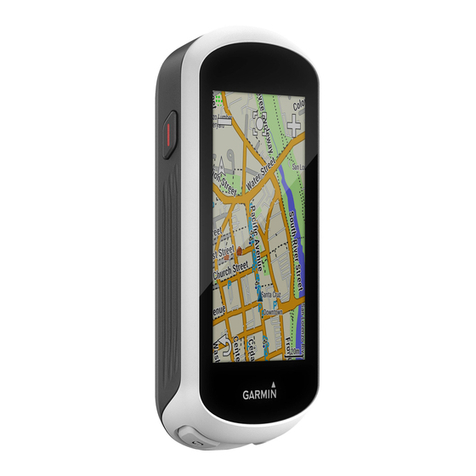
Garmin
Garmin Edge Explore User manual

Garmin
Garmin EDGE 1040 User manual
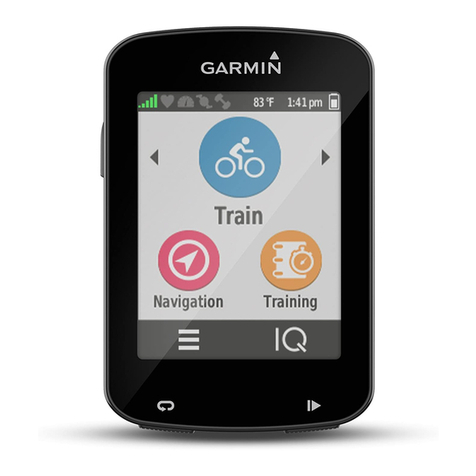
Garmin
Garmin Edge 820 User manual
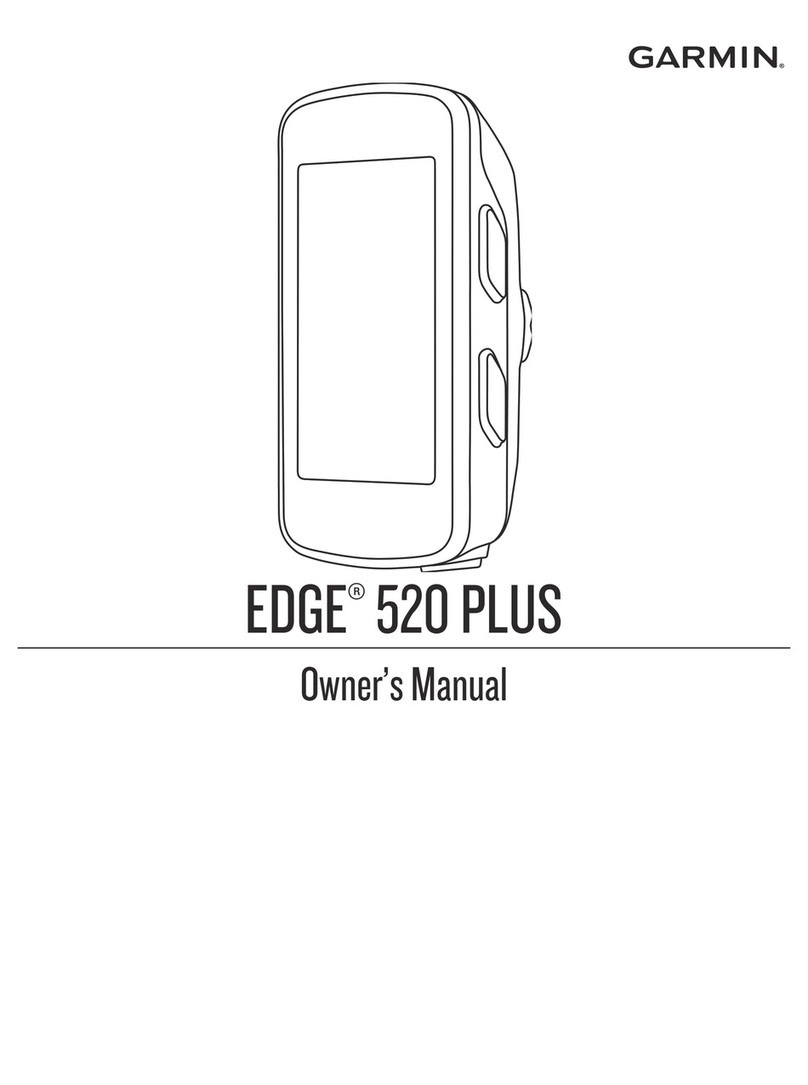
Garmin
Garmin EDGE 520 PLUS User manual

Garmin
Garmin Vector 2 Instruction manual
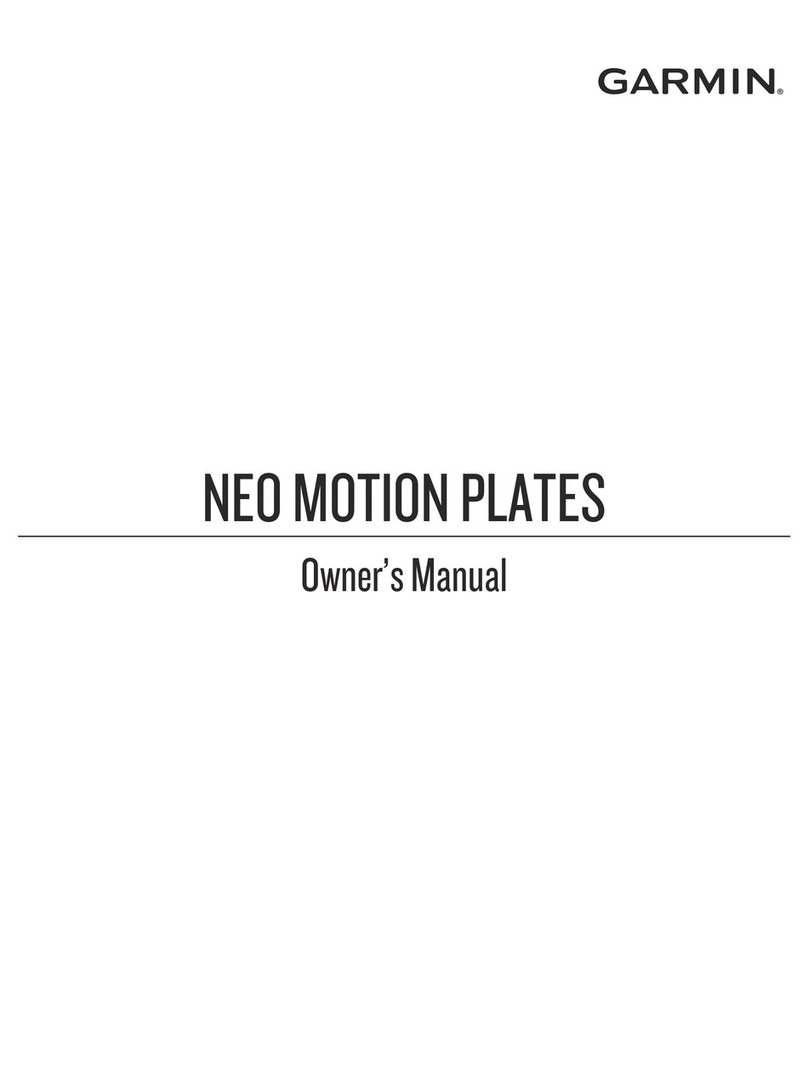
Garmin
Garmin NEO User manual
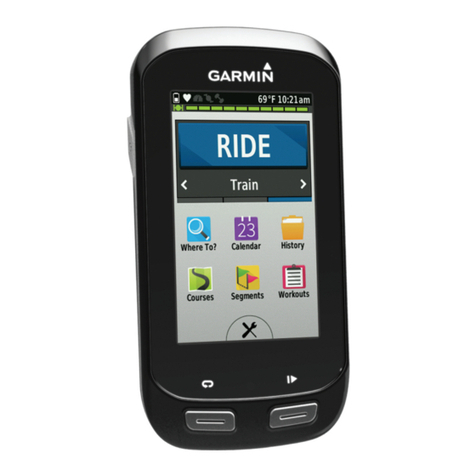
Garmin
Garmin Edge 1000 User manual
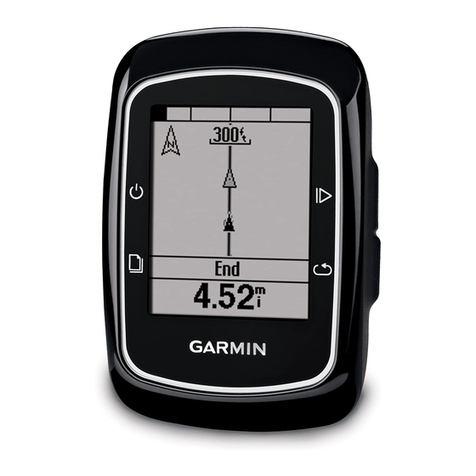
Garmin
Garmin Oregon 200 User manual

Garmin
Garmin EDGE 530 User manual
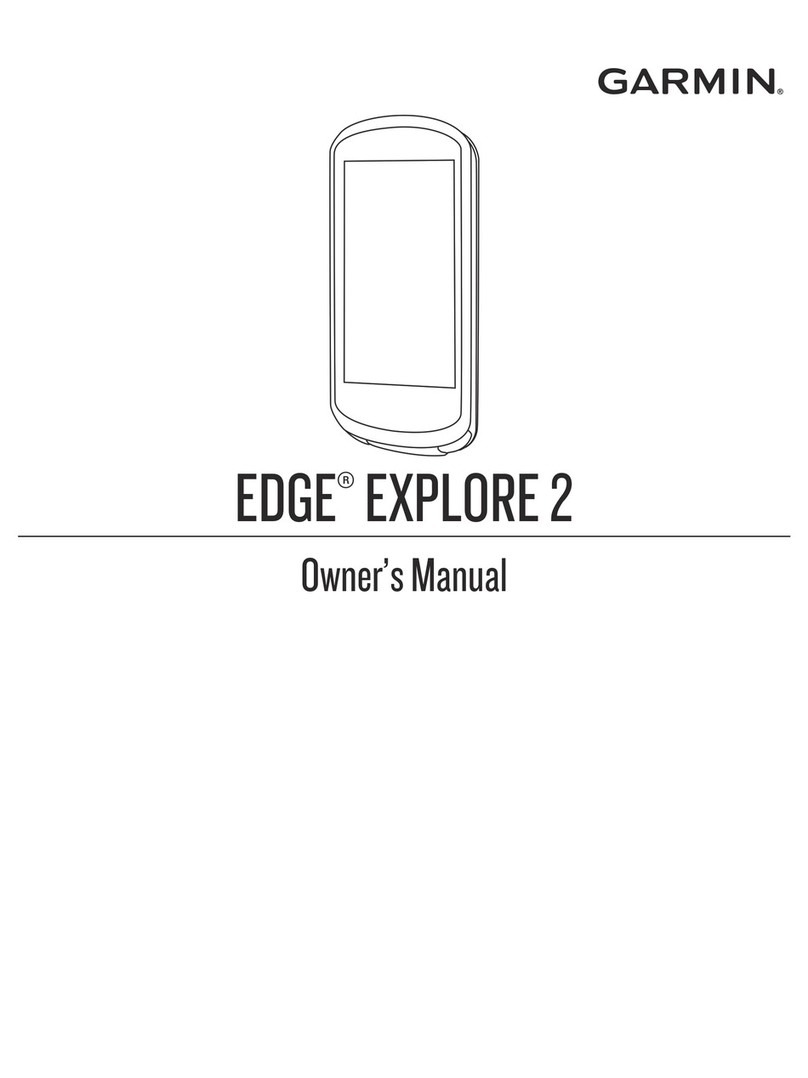
Garmin
Garmin EDGE EXPLORE 2 User manual
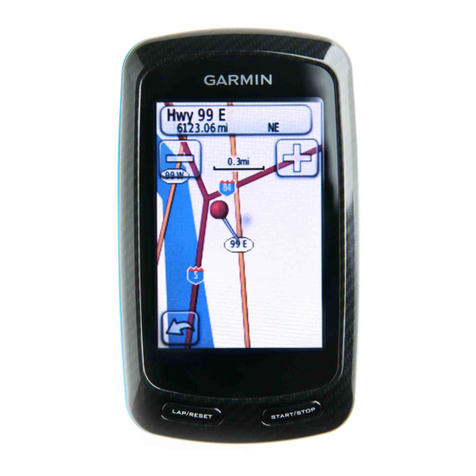
Garmin
Garmin Edge 800 User manual
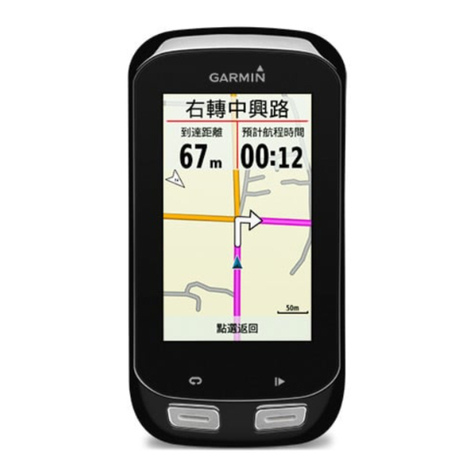
Garmin
Garmin GPSMAP 1000 Series User manual
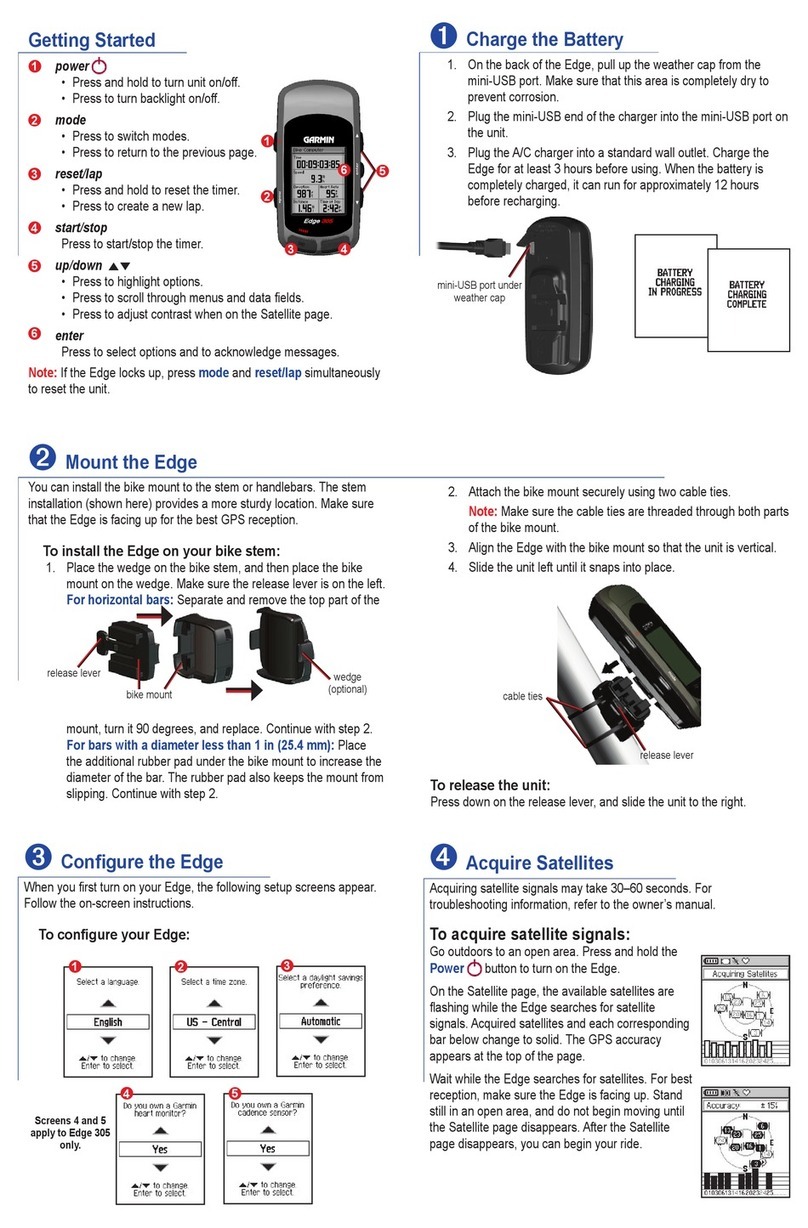
Garmin
Garmin Edge 205 User manual
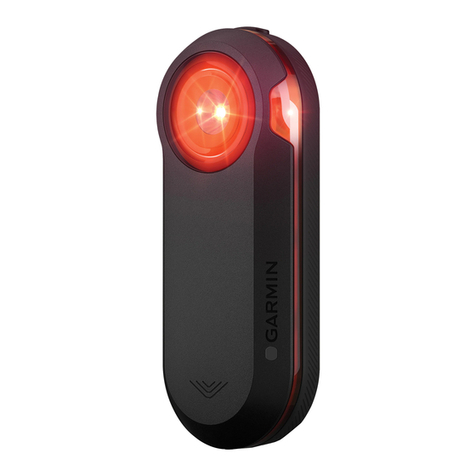
Garmin
Garmin Varia RTL515 User manual
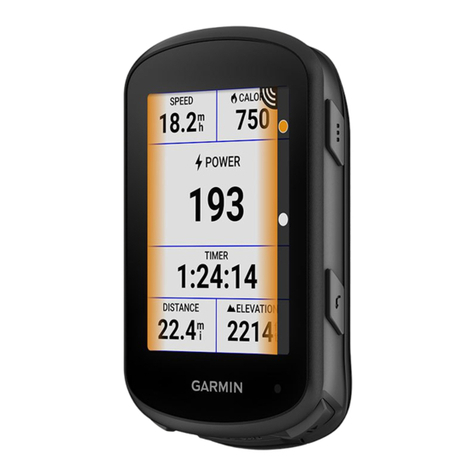
Garmin
Garmin EDGE 540 User manual

Garmin
Garmin Edge Explore Instruction manual
Popular Bicycle Accessories manuals by other brands

Specialized
Specialized Elite CylcoComputer user manual

Sigma
Sigma BC 16.16 manual

Playcore
Playcore Dero Setbacks installation instructions

VDO Cyclecomputing
VDO Cyclecomputing x3dw instruction manual

Cateye
Cateye RAPID X2 manual

buratti meccanica
buratti meccanica Clorofilla Trail Use and maintenance manual


